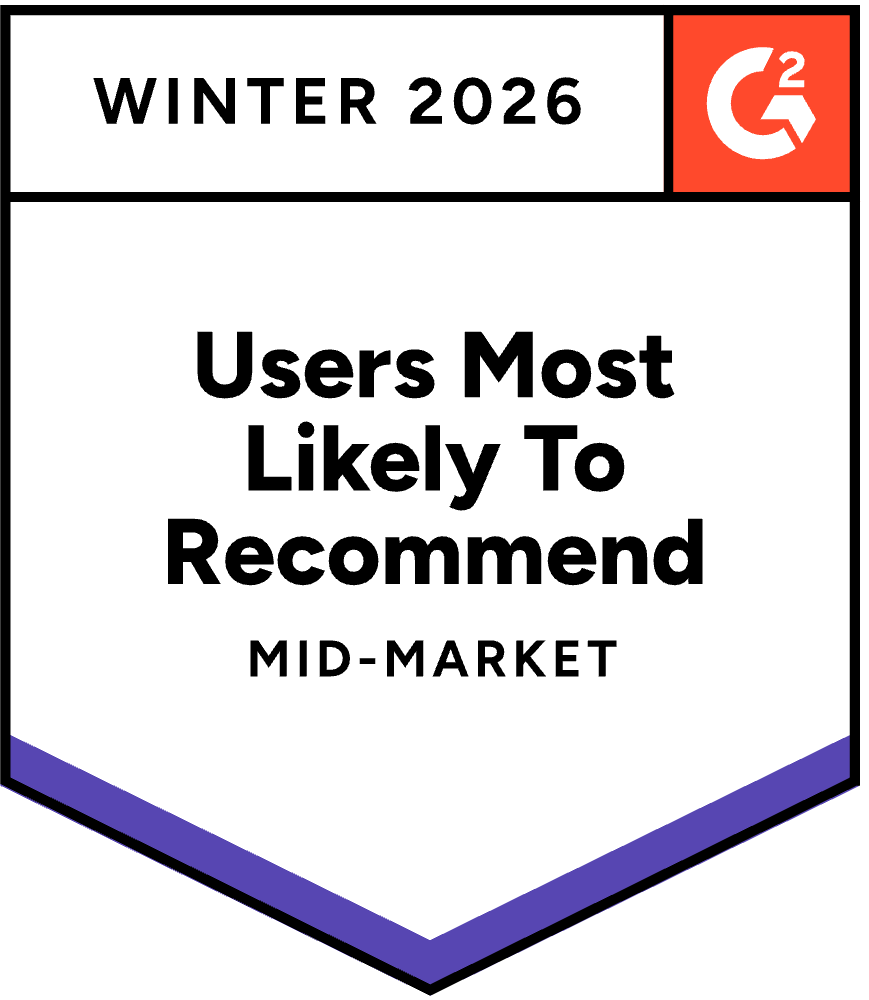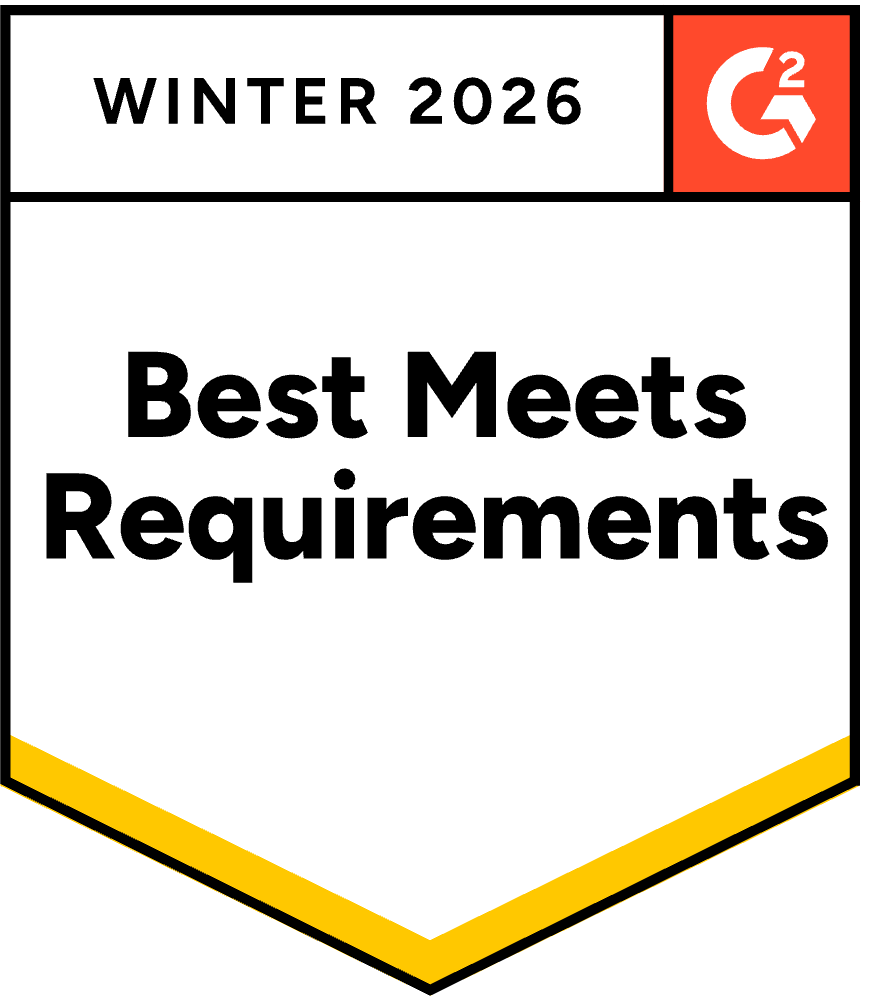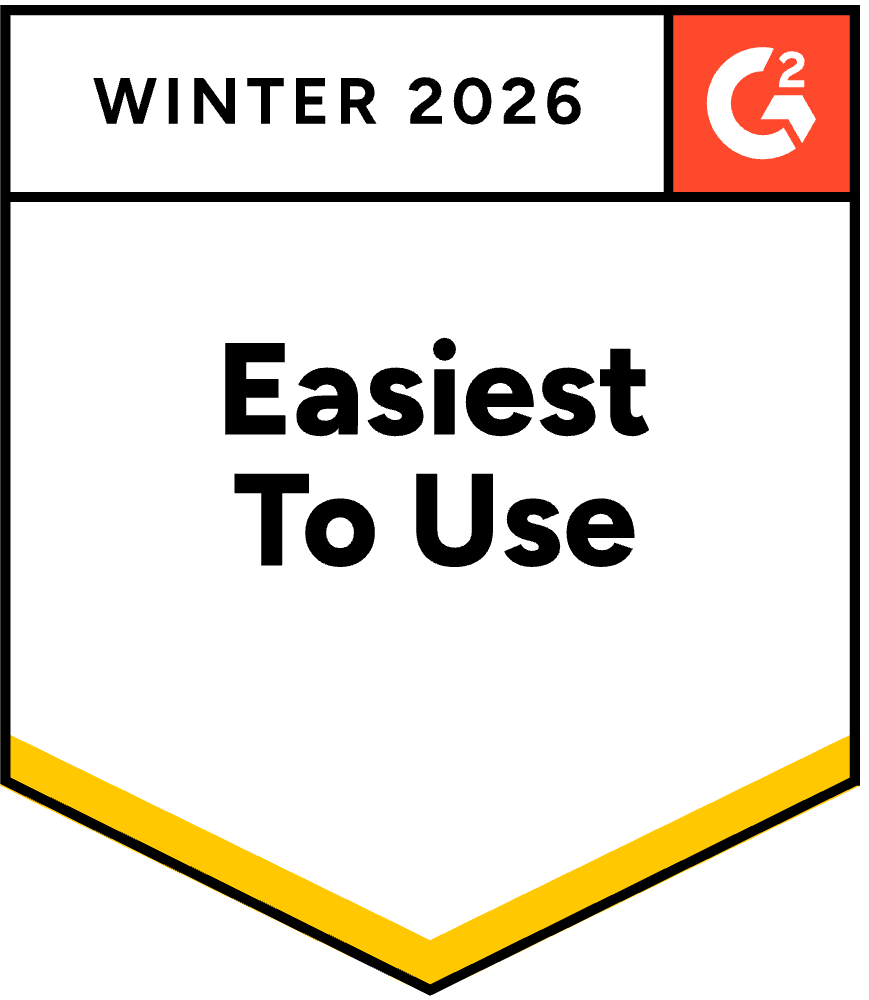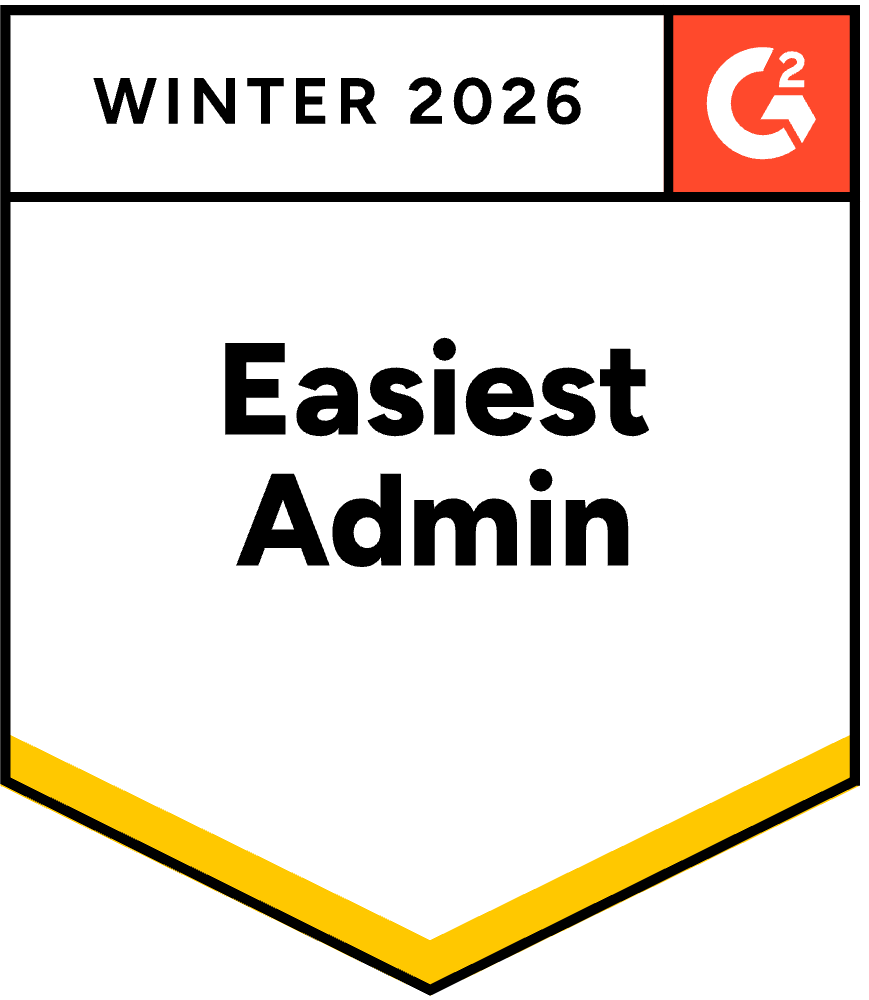RFP Tool | Software for Managing RFPs
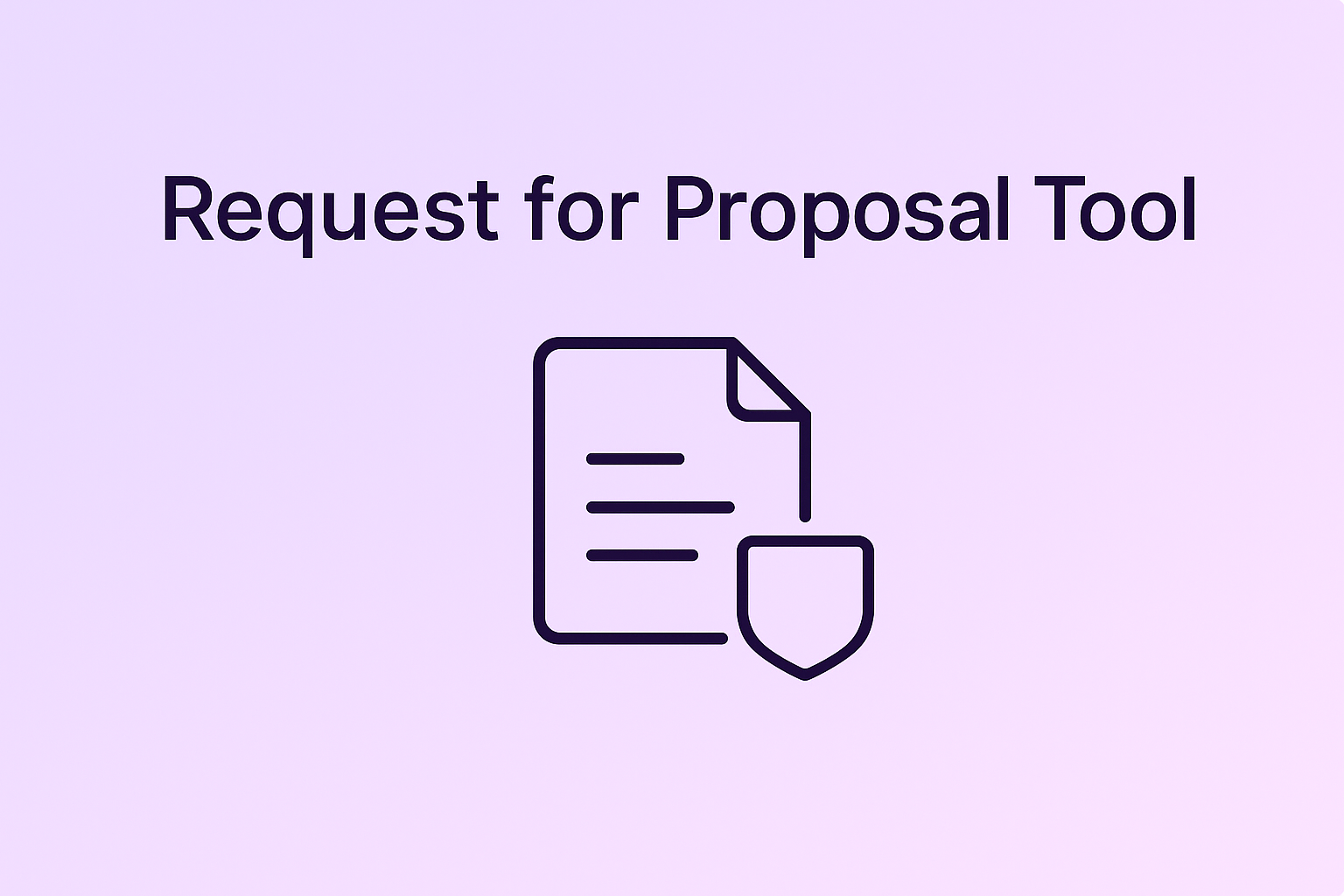
What Is a Request for Proposal (RFP) Tool?
A Request for Proposal (RFP) Tool is software that helps organizations manage the RFP process — from issuing proposals and collecting vendor responses to evaluating submissions and making purchasing decisions.
RFP tools streamline workflow, centralize communication, and standardize response formats, helping both buyers and vendors reduce administrative work and increase transparency.
Buyers use RFP tools to gather accurate information, compare vendors efficiently, and ensure a fair and structured procurement process. Vendors use RFP response software to manage responses at scale, but on the issuing side, RFP tools support sourcing vendors, creating standardized requests, and analyzing proposals.
Learn how automation enhances proposal workflows in our guide:
What Is Proposal Automation?
Why RFP Tools Matter
RFP tools help organizations:
- Standardize procurement workflows
- Increase transparency and fairness in vendor selection
- Ensure decisions are based on documented evaluation criteria
- Reduce administrative and manual review time
- Improve collaboration across procurement, finance, legal, and technical teams
When paired with vendor response automation, RFP tools significantly shorten the evaluation and award timeline.
Explore how SaaS teams streamline this process in our post:
RFP Automation for SaaS Companies
Key Capabilities of an RFP Tool
Modern RFP tools typically include:
- RFP creation templates
- Vendor invitation & communication features
- Structured response collection
- Evaluation scoring & weighted criteria
- Automated comparison dashboards
- Document storage & audit history
- Collaboration & approval workflows
Some platforms also support RFIs, RFQs, DDQs, and security questionnaires.
Who Uses RFP Tools?
RFP tools are used by:
- Procurement & sourcing teams
- Finance & vendor management departments
- IT & security teams evaluating SaaS platforms
- Legal teams overseeing compliance language
- Government and regulated industry buyers
They are especially valuable for organizations procuring software, professional services, infrastructure, and security-sensitive solutions.
Benefits
Using an RFP tool helps teams:
- Drive consistency in procurement
- Reduce evaluation bias
- Improve vendor comparison and scoring accuracy
- Accelerate sourcing and award cycles
- Maintain compliance and audit trails
Frequently Asked Questions
What is an RFP tool?
An RFP tool is software designed to manage the end-to-end Request for Proposal process — from creating and sending RFPs to collecting, scoring, and comparing vendor responses. It helps both buyers and vendors save time while maintaining structure and transparency.
How does an RFP tool improve the procurement process?
It automates repetitive tasks such as document routing, scoring, and vendor communication. This reduces manual work, shortens evaluation timelines, and ensures that decisions are consistent and data-driven.
Who typically uses RFP tools?
Procurement professionals, finance teams, IT security reviewers, and legal departments all rely on RFP tools to evaluate vendors and ensure compliance. Vendors and sales teams also use similar tools on the response side to manage submissions efficiently.
Can an RFP tool handle other types of procurement documents?
Yes. Many modern platforms also support RFIs, RFQs, DDQs, and security questionnaires — enabling teams to manage all vendor documentation from one centralized system.
What’s the difference between an RFP tool and RFP automation software?
An RFP tool focuses on managing the RFP process. RFP automation software uses AI to accelerate content generation, auto-fill answers, and streamline collaboration — often used by vendors responding to RFPs at scale.
Are RFP tools secure?
Most reputable RFP platforms follow enterprise-grade security standards like SOC 2 and GDPR, offering role-based permissions, encryption, and detailed audit logs to ensure data integrity.
What are the main benefits of using an RFP tool?
Organizations using RFP tools typically see faster sourcing cycles, fewer manual errors, improved vendor scoring accuracy, and stronger collaboration across procurement and compliance teams.
Related Reading
- What Is an RFP?
- What Is a Security Questionnaire?
- What Is a Proposal Checklist?
- What Is Proposal Automation?
Explore Examples of Use Cases
- RFP Automation for Healthcare Companies
- RFP Automation for Financial Services
- RFP Automation for Government & Public Sector Teams
- RFP Automation for EdTech & Education Organizations
- RFP Automation for Real Estate & Construction Companies
- RFP Automation for Cybersecurity & IT Security Providers
- RFP Automation for SaaS Companies
- RFP Automation for Manufacturing & Industrial Companies











